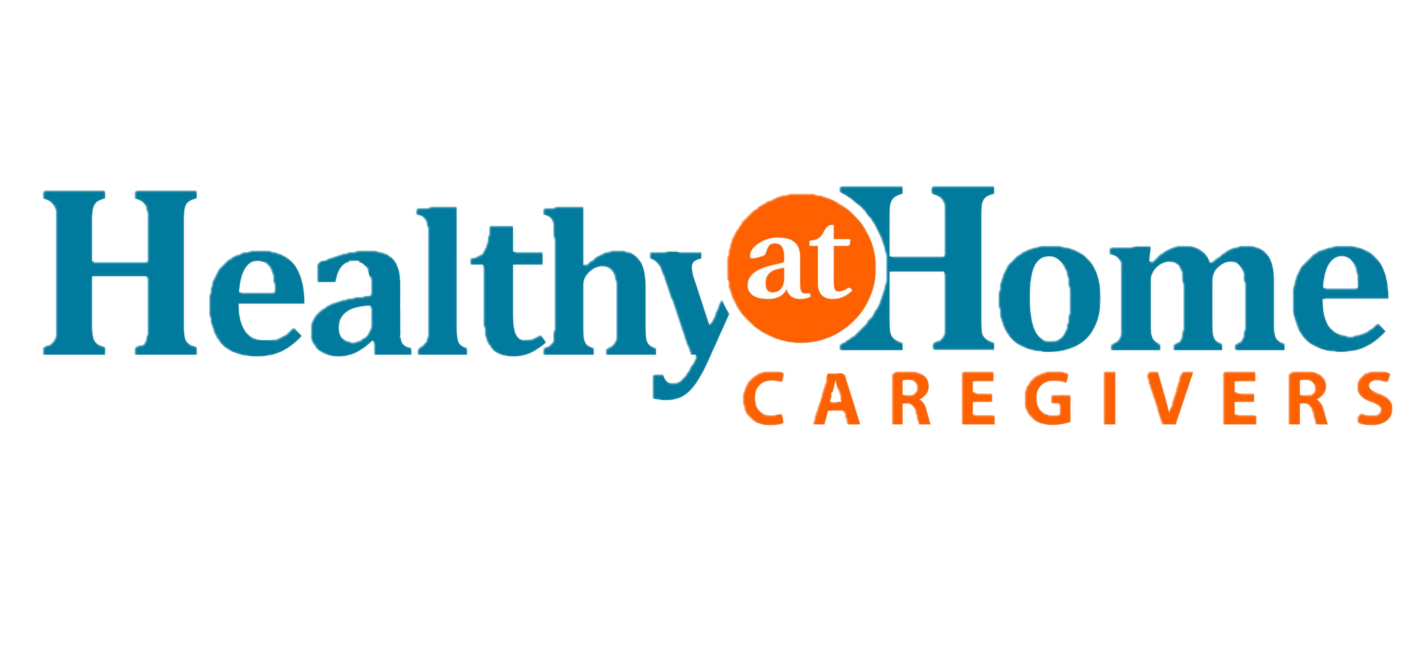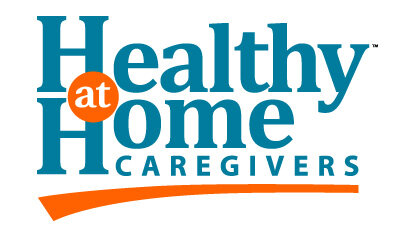What You Should Know About Your Home Healthcare Aide.
One of the concerns families often have when considering hiring a caregiver is trust. You’re inviting someone into your home, where you keep your valuables, to take care of someone you love and that requires a lot of trust. Lucky for clients, caregivers or home care aides go through training and background checks through the companies they work for before they’re ever staffed with clients. Hopefully this blog will help put worries at ease but as you’re reading keep in mind that every state has different requirements and, since Healthy at Home Caregivers is California based, these requirements are for Californian caregivers and home care aides. If you’re in another state, then we encourage you to do a bit more research on your state’s requirements.
Training
No one comes into the world with all the training needed for their jobs and caregivers are no different. When first starting off on their caregiving journey caregivers must complete an initial 5 hours of training, 2 hours devoted to orientation and 3 hours devoted to the basics of caregiving and identifying elder abuse. While not required by the state, Healthy at Home Caregivers requires that our caregivers are CPR certified as well. Often an agency can provide this training for a new caregiver but for those that start out as independent caregivers there are online classes. The best thing about training is that it is transferrable if the caregiver signs up with a second agency!
Beyond the first year, caregivers must also complete 5 hours of training annually so that they stay up to date with the latest regulations and information. This training can be anything from first aide training to classes with EpiPen training. Caregivers are always learning how to best care for their clients!
Background Checks
Most jobs require background checks, but not all jobs require a LiveScan background check. Anyone applying to be a caregiver must fill out a Statement of Prior Criminal Records (LIC 508) where they must disclose any convictions in their past. During the application process they must also submit a LiveScan fingerprint to the Department of Justice that will be used to verify the information provided by the future caregiver.
Mandated Reporter Acknowledgement
During their initial training caregivers are taught how to identify elder abuse and before they can be sent into the field, they must sign a Mandated Reporter Acknowledgement (SOC 341A) meaning that if there is some form of abuse happening to a client, they are legally required to report it to Adult Protective Services (APS).
Health and Vaccine Requirements
When a caregiver goes into a home, they’re going to help clients get well. Because of that, there are certain requirements in place to minimize the possibility of the caregiver getting the client sick with something they bring into the home. Caregivers must have a current TB (tuberculosis) test, something that is renewed every two years if they opt for a skin test or every four years if they decide to get a chest x-ray done.
At this time with the severity of COVID and the risks it presents to the clients that caregivers come into contact with, caregivers are also required to be vaccinated. By Tuesday March 1st, 2022, caregivers must have both their first and second doses of the vaccine along with their booster shot.
After all the vaccines, training courses, background checks, medical tests, and paperwork the last thing for a caregiver to do is register as a Home Care Aide with the state. Once they’ve received their registration approval, they’re ready to be sent into the field to start working with clients! From there the agency the caregiver is hired with will work to place them with clients and ensure that their training, tests, and information doesn’t lapse. After all, we want clients and their families to always feel safe and comfortable when inviting a caregiver into their homes.

